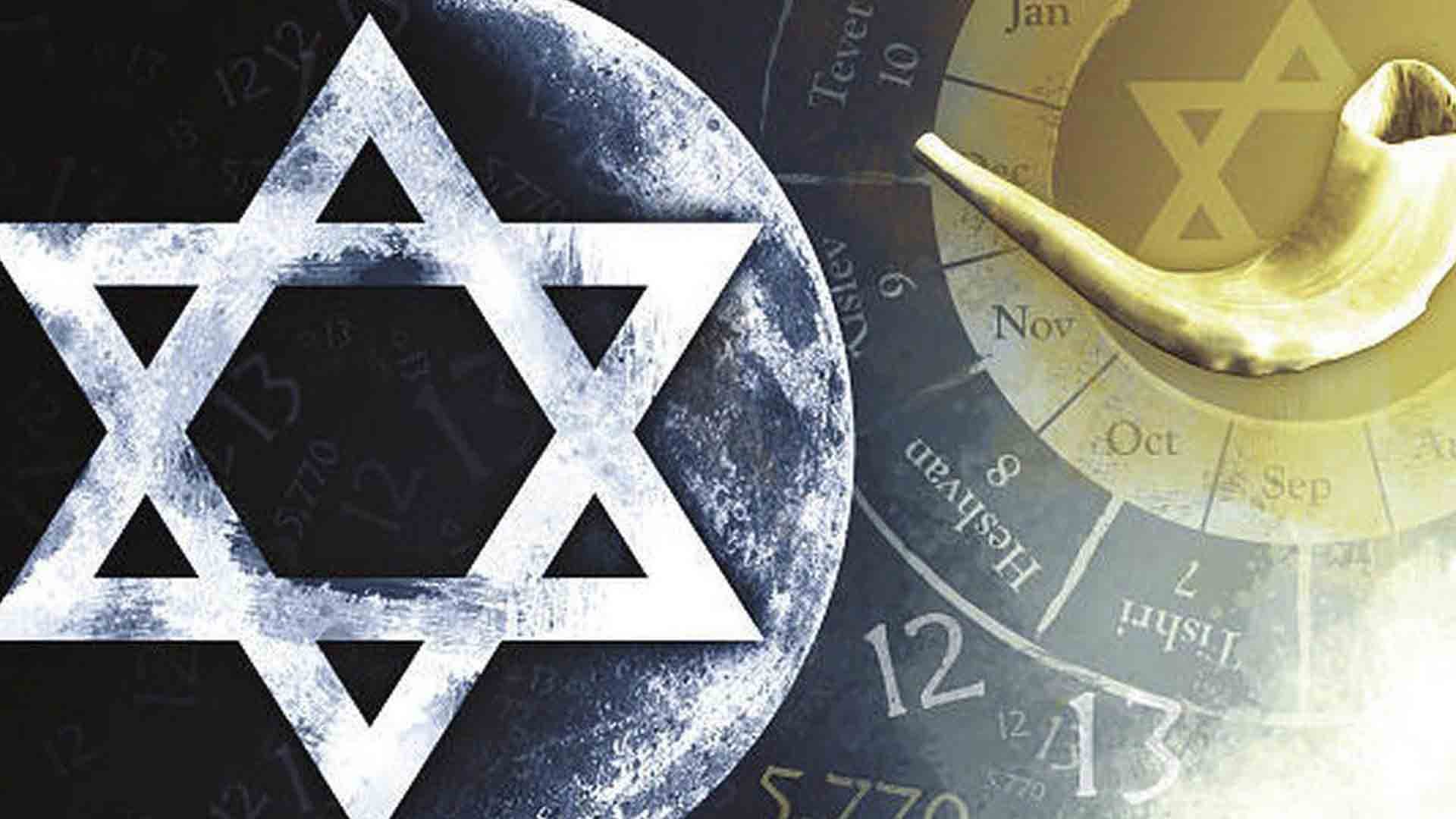For the source text click/tap here: Rosh Hashanah 25
To download, click/tap here: PDF
Although this is the first mishnah of a new chapter, it is really the last mishnah to deal with the sanctification of the new month. It contains a few final rules governing how the court decides that the new month should be declared.
If the court and all of Israel saw it, if the witnesses were examined and there was no time left to say “Sanctified” before it grew dark, then the month is impregnated (it has thirty.
In this case, it was abundantly clear that the new month had arrived, but the court was not able to convene and sanctify it before it grew dark and the thirtieth day of the previous month was over. The mishnah rules that since the court did not have time to declare the new month sanctified, it is not sanctified and Rosh Chodesh will have to wait for the next day. We should note that again we see here the ideology that the court, that is humans, are what create the reality of the new month, and not the astronomical phenomenon itself.
We return to that moment that occurred over in Hebrew year 4119 (358/9 CE), considered by many to be the inauguration by Hillel II (Hillel ben R’ Yehuda) of the Fixed Hebrew Calendar, in use to this day and the work of Richarf Fielder in reconstructing the astronomical skies of that day.




















